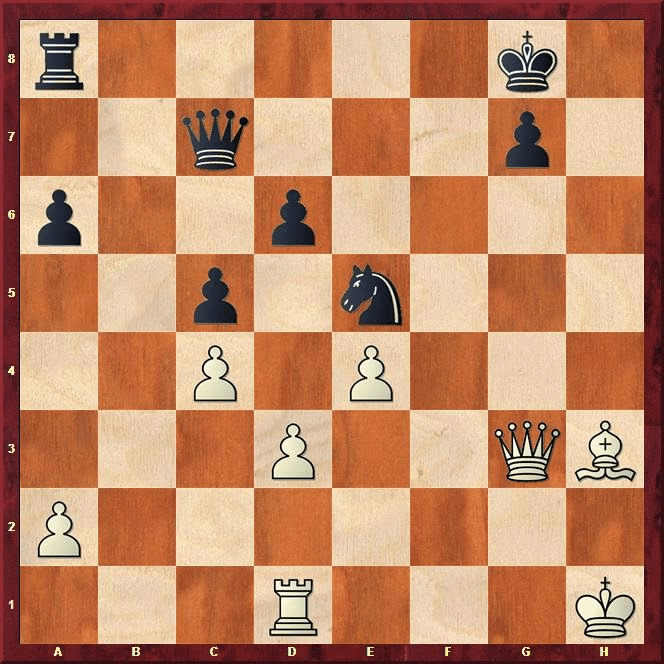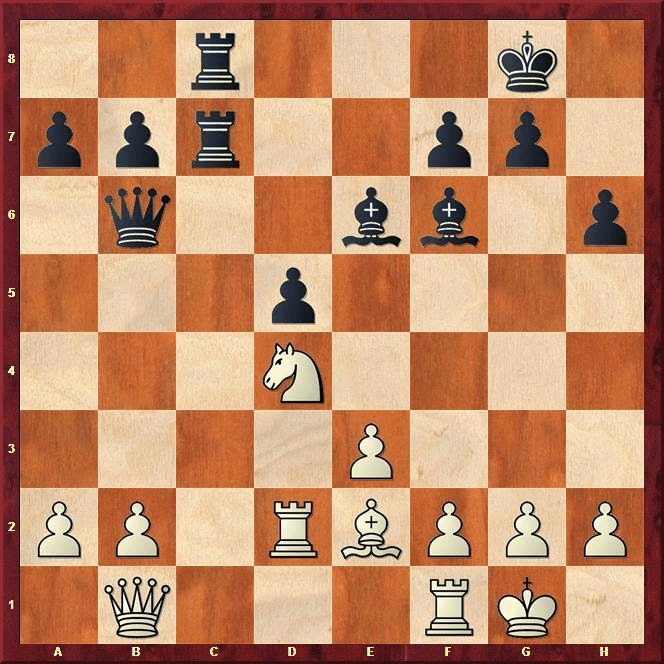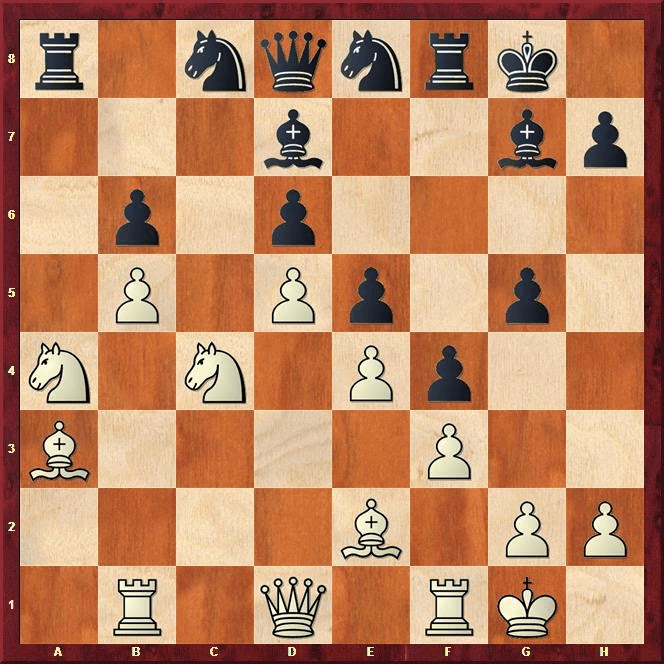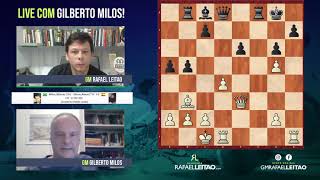How to Improve Your Positional Play – II
In this second part of the article on how to improve your positional play in chess, we will see a few specific topics about strategy. These themes are the ones that I consider the most important for the chess player who intends to achieve mastery in positional play. My philosophy in training gives more emphasis on training the decision making. Therefore, at the end of each topic’s explanation I will offer a diagram in the format of an exercise together with one question. The link with complete analyses is at the end of the article.
ASSESSING POSITIONS
Assessing positions correctly is a key point. How will you be able to come up with a game plan if you do not know who has the advantage, if you do not know whether your goal is to equalize or play for a win, if you do not know whether you should attack or defend? The ideal thing to do is to organize your ideas by categorizing the positional elements in “static” (material and structure of pawns) and “dynamic” (development, placement of pieces and security of kings). Start off by observing the material and the structure of pawns. After some time organizing your thoughts with those topics in mind, you will immediately start thinking about the most important elements in a position by assessing it correctly and rapidly.

Mamedjarov vs. Tomashevsky 2015
White’s turn to play. Who has the advantage?
PLANNING
After correctly assessing the position and understanding what we are looking for, it is necessary to come up with a game plan to achieve our goals. You must have read about that concept in many books. However, we will approach it here in a more original way, adapting it to modern chess, and introducing the “mini plan” concept. Nowadays, hardly ever will you be able to implement and accomplish a long plan successfully. Your opponents will work on stopping you from doing that. So you will have to come up with new plans all the time, and they will basically be mini plans. Rarely does any game involve more than 2 or 3 plays that are thought ahead.

Sundararajan vs. Fier 2015
Black’s turn to play. What is your plan?
POSITIONAL TRANSFORMATIONS
During a game, we are faced with many possible positional changes that deeply affect both players further in the game. But how to know which changes are favorable to our position? This includes possible piece exchanges and modifications in the structure of pawns. As we study a few classic and modern examples, we will have better ideas on how to recognize a favorable positional change.

Karpov vs. Kasparov 1985
White’s turn to play.
PROPHYLAXIS
In my opinion, that is the most beautiful although the most complex positional theme. Human beings have a natural tendency to egotism. That is reflected in chess when players only worry about their positions, their plan, their resources. However, the latest news read “your opponent is also playing, and believe it, he wants to defeat you!” Prophylaxis has to do with understanding your opponent’s plan, his ideas and his resources, and fight them back. In many cases, you will have to understand how your opponent is thinking. Two of the most brilliant players in history, Petrosian and Karpov are considered to be the best in exposing their ideas about prophylactic thinking in chess. However, Kasparov knew how to do it, too!

Kasparov vs. Smirin 1988
White’s turn to play.
RECOMMENDED BIBLIOGRAPHY
The study of each one of the following books may hugely contribute to your development in positional comprehension.
- Ajedrez de Torneo (Zurich 1953) – by David Bronstein. A classic book about the games in the Candidates Tournament of 1953, with didactic comments by Bronstein.
- My Great Predecessors Series – by Garry Kasparov. A study of classic games is central. In those books, specially the first volumes, Kasparov selected the best performances by world champions, with comments by himself, one of the greatest chessplayers in history.
- Lessons With A Grandmaster (Vol. 1) – Gulko and Sneed. One of the best chess books in the last 20 years. Comments are extremely didactic. Gulko had spectacular strategic understanding. The format of the book also helps the reader, with frequent decision making exercises.
CONCLUSIONS
As mentioned before, Korchnoi once said that chess cannot be learned as much as it needs to be comprehended. But the intuitive comprehension to which he refers only comes about with experience and absorption of several themes related to positional chess. We only need to choose the right material and always practice the decision making.
So let us get to work. You can comprehend chess, too!
Solutions to exercises: click here.








No comments